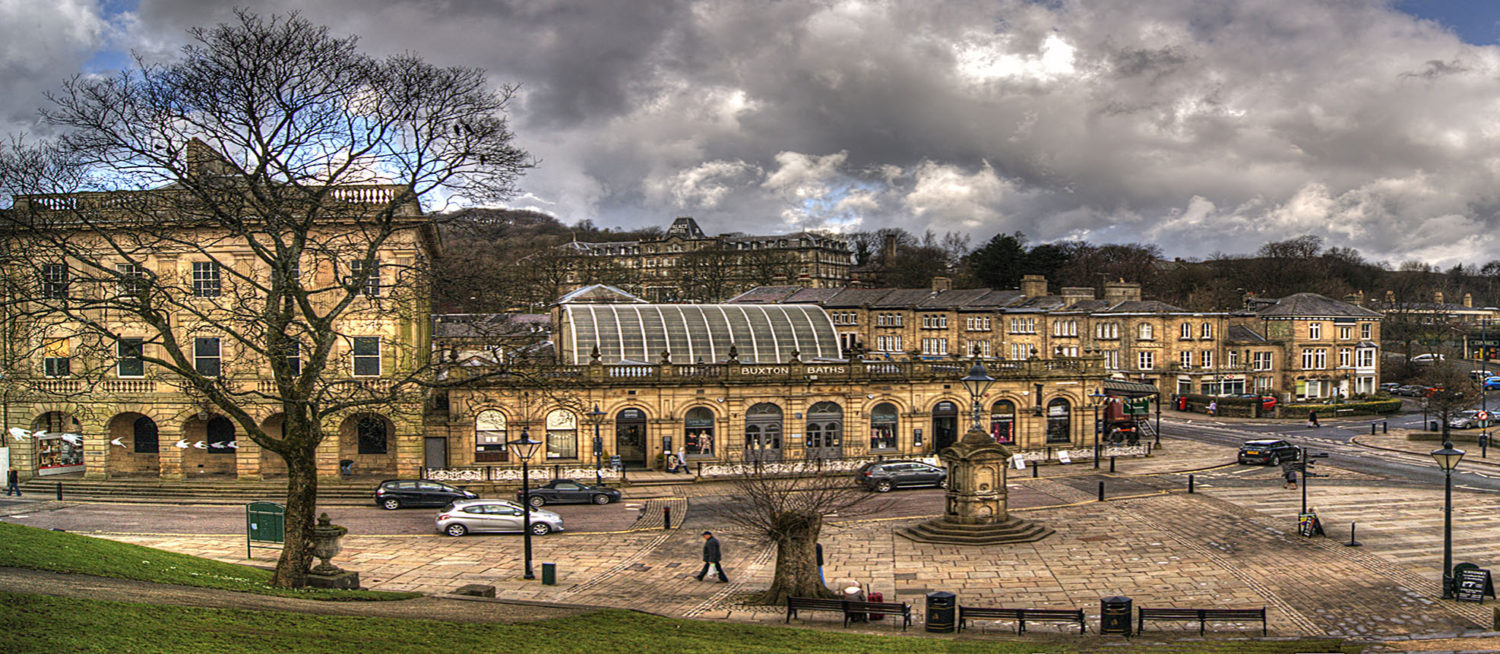Labour Towns?
The electoral importance of towns is inescapable but at Labour’s heart is an unresolved debate about how much we actually want to represent town voters, argues John Denham.
When the English Labour Network was launched in 2017 we argued that the next election would be determined in England that is outside the major cities. The battlegrounds would be smaller cities, towns and rural areas. As the Fabian Society report For The Many? makes clear, holding Labour’s fragile 2017 coalition together will be tough, not least in the crucial working-class communities where Labour did less well in 2017 than it did in 2005
After the 2018 conference, it’s worth taking stock of Labour’s progress. According to the polls, ‘on the ground’ things have got worse, rather than better. The Tories have a consistent edge amongst working class voters while, in a huge political inversion, Labour leads amongst the professional classes. On the other hand, there have been welcome Labour moves in the right direction.
A year ago, many on the left were salivating at the (admittedly entertaining and enjoyable) prospect of defeating Boris Johnson and Iain Duncan-Smith. Both are worth getting rid of, of course, but London-edge seats with favourable demographic changes are far from typical of Labour’s main challenge. The electoral maths has become clearer. Aided by the impact of the new Centre for Towns, in which Labour MP Lisa Nandy has played a crucial public role, the critical position of towns is at the centre of political debate in both major parties and much of the media.
Labour is responding in its politics, organisation and communications. Though obscured by the anti-semitism row, Jeremy Corbyn and John McDonnell toured English towns over the summer, pressing their patriotic Buy British campaign to underline Labour’s plans to use procurement to boost industry and employment. The party’s studied ambiguities on Brexit, though frustrating many Remain leaning activists, also have one ear on Labour Leavers. New policies have been aired to revive failing high streets.
Traditional retail politics, voter ID and ‘get out the vote’ campaigns can have only limited effectiveness with voters who feel powerless and ignored. The appointment of up to 20 community organisers, with more to come, is investing in political campaigning that gives local community leaders a sense of agency and power.
‘Our Town’ Labour’s new party political broadcast tells the story of English towns as local people might do. Largely avoiding that traditional claim that ‘everything was OK until the Tories got in’, the video acknowledges deep seated economic and social changes that have taken place over many years.
But big challenges remain. At Labour’s heart is an unresolved debate about how much we actually want to represent town voters. Their electoral importance may be inescapable, but their people are less comfortable with rapid social change, more likely to be Leavers, patriotic and inclined to see themselves as English; all values out of step with the typical Labour member. How far Labour will acknowledge this tension? While a large, balanced centre ground on migration, for example, has been explored by British Future and Hope not Hate, it is not, as yet, being articulated in Labour politics. St George’s Day aside, Labour still barely acknowledges either England as a nation or English policy and Labour is often uncomfortable with patriotism.
Influential voices argue that these voters represent the past: the ones who matter now are the younger, educated, cosmopolitan city dwellers whose skills and lifestyles are more attuned to the developing global economy. To those of us who are from or represented former industrial communities, turning our backs on their people would raise huge moral and political questions about what Labour is for. We cannot just be about improving the lives of those who have suffered most over the past 30 years, but must give them a central place in our plans for the future.
As ‘For the Many?’ makes clear, Labour must sustain support across a wide coalition of values, views and experiences. Labour currently reflects some parts of its base better than others; our appeal must be broadened beyond our liberal cosmopolitan comfort zone to make space for those we are most in danger of alienating. The values of the ‘Our Town’ video will only have limited impact if ‘Our Party’ actually looks and sounds completely different.
The policy offer also looks a bit thin. While agglomerationist economists have emphasised the ‘trickle-out’ impact of city-centred development, many now want more direct raft of policies for peripheral towns (and those a long way from big cities). And it’s still not clear whether Labour is really committed to devolve power from Whitehall to England’s localities. More needs to be done before our town policies meet the aspirations of those live there.
For the Many? reminds us that the Leave/Remain divide reflects more fundamental political and demographic trends that will not go away however Brexit is resolved. Labour’s new focus outside the cities is welcome, but it will force us to be clearer what sort of party we want to be, who we want to represent and how we want to represent them.

